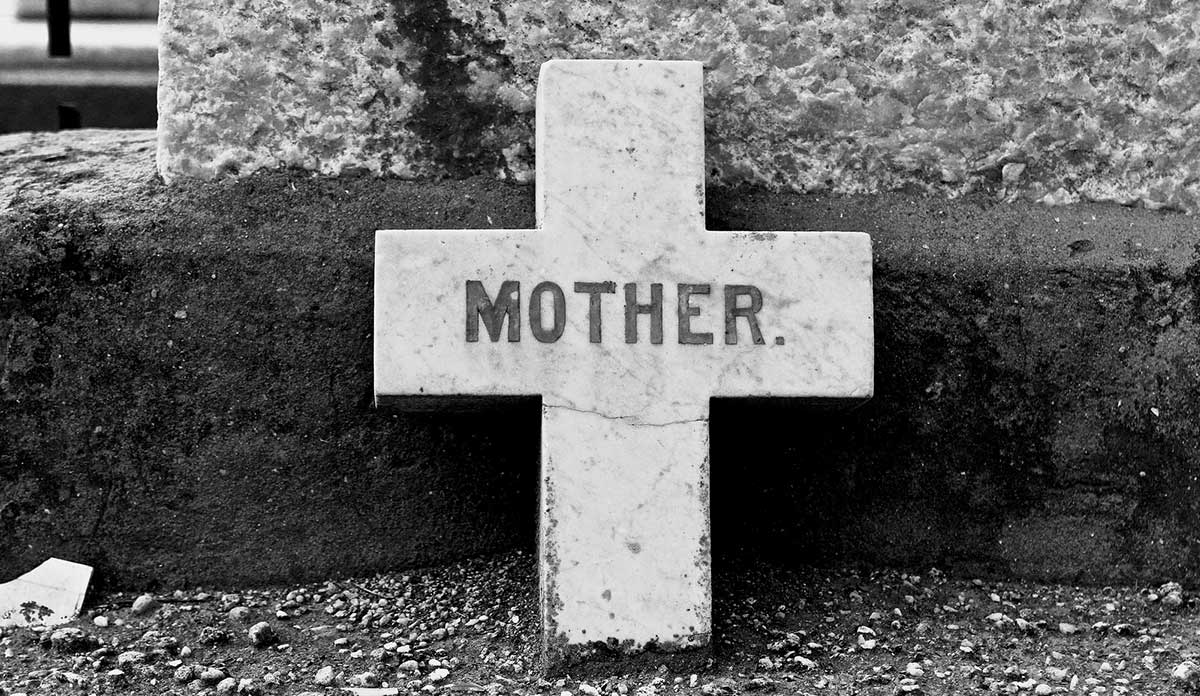The headlines have been frightening. “Maternal Mortality Rate in U.S. Rises, Defying Global Trend, Study Finds,”(New York Times) “Why U.S. Women Still Die During Childbirth” (Time) and “U.S. Death Rate in Pregnancy, Childbirth Raises ‘Great Concern’” (CBS News). In the increasingly fact-free debate over policy is this just another example of fake news or hyperbolizing of a small finding into a major crisis? As one of the authors of the paper that prompted these articles, I can assure you the problem of maternal mortality is real. Unfortunately for those who like simple solutions, the nature of the problem is complex and resolving it involves the kind of public health prevention efforts that will likely be under attack in the near future. First, some background.
The U.S. has ranked behind most industrialized countries on maternal mortality for years, but the U.S. stopped publishing an official maternal mortality ratio in 2007. It was this failure of the U.S. to publish a maternal mortality ratio that was the impetus for our study.
Was the reason no ratio had been published an attempt to hide the U.S.’ poor performance? That conspiracy theory might be attractive to those who distrust everything the government does – and there are apparently 62+ million of those folks around at the moment. Unfortunately for conspiracy buffs, the answer is pretty mundane and reflects not an attempt to hide facts, but rather to better identify maternal deaths.
The public image of maternal mortality is a death that occurs unexpectedly during labor, as in the death of a beloved character on Downton Abbey. In fact the official measure of maternal mortality involves a death in pregnancy, labor or up to 42 days after the pregnancy ends for a pregnancy related reason. It was the difficulty in identifying the cases during pregnancy and after the birth that had public health officials concerned and led to a reform. In a revision to the U.S. Standard Certificate of Death, states were requested to include a checkbox on death certificates that identified if a deceased female had been pregnant at the time of her death or up to a year after her death.
It was hoped this revision would accurately identify more maternal deaths, but states didn’t uniformly adopt the 2003 change. A few added the checkbox each year and by 2007, 24 states and D.C. had the standard checkbox, 12 had their own version of the checkbox and 15 didn’t have it at all. The result was the inability to come up with a national ratio since states with the checkbox were finding almost twice as many cases as those without and rather than publish an inaccurate national rate, the National Center for Health Statistics ceased publishing a rate in 2007. This meant that the U.S. couldn’t be compared to other countries on maternal mortality except for those using algorithms applied internationally.
…even the most conservative assumptions we used resulted in the U.S. ranking far behind the rest of the industrialized world…
That’s where we came in. We took the data for each state and modeled the effect of adding the checkbox to a state’s reporting and estimated a national ratio of 23 per 100,000 births. That ratio would place the U.S. 30th among 31 countries in the Organization for Economic and Cooperative Development (only Mexico fared worse). Is our estimate a precise measure of maternal mortality in the U.S.? No, that’s why we call it an estimate. There is some evidence that the addition of the checkbox may have led to some overcounting and we’re exploring that issue, but even the most conservative assumptions we used resulted in the U.S. ranking far behind the rest of the industrialized world.
There are three excuses regularly used for the poor performance of the U.S. in international comparisons. The first is that we are a more diverse population than European countries and, since non-whites have worse health outcomes, the problem is demographic, not a problem with the health system. Aside from the potential for implicit racism of that charge, that claim is undermined by the fact that the maternal mortality ratio is actually lower for Hispanic mothers in the U.S. than non-Hispanic whites. Also, while maternal mortality for non-Hispanic black mothers is about 3 times higher than that for whites, comparing outcomes for only white mothers to other country’s overall rates, we find the U.S. still ranks near the bottom.
Second, there’s a contention that the U.S. is simply doing a better job at identifying cases than other countries, but the countries we are compared to are also wealthy countries with excellent surveillance systems. Finally there is the tendency to blame mothers themselves. They’re having babies at older ages, are more likely to be obese and generally not as healthy. However, the point of an accessible, effective public health system is to take population differences into account and develop community prevention programs as well as gleaming hospitals.
It will only be when we treat women’s health throughout the lifecourse as valuable in and of itself, rather than being important only as preparation for a healthy baby, will U.S. maternal mortality decline.
Featured Image: Greg Scales, Mother, used under CC BY 2.0














